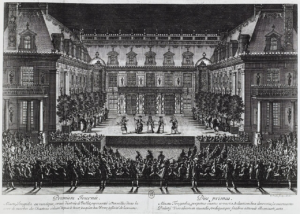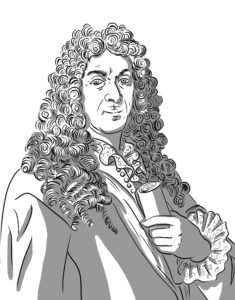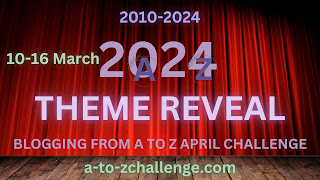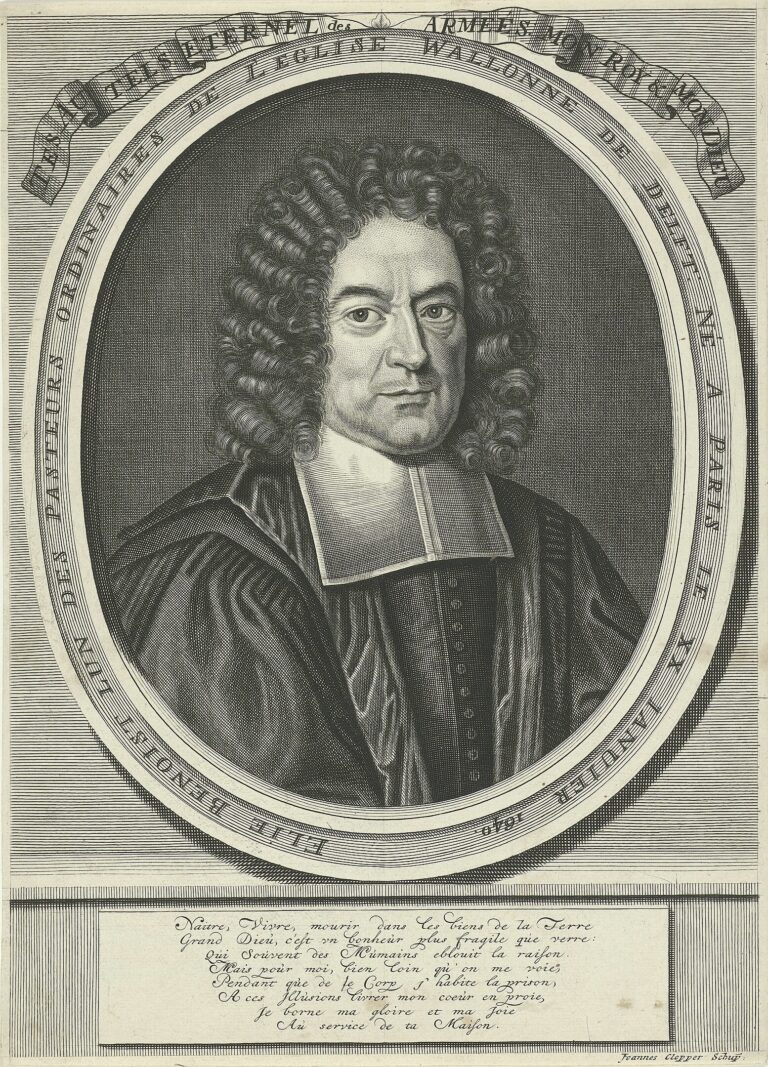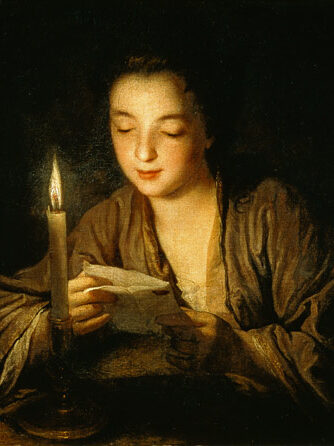O is for Opera – Académie Royale de Musique
A contribution to the #AtoZchallenge 2024
A climate of art
King Louis XIV, the “Sun King,” was famous for his lavish and extravagant lifestyle. He cultivated an image of personal magnificence and majesty and built several opulent palaces. He was a great lover of music, dance and actively promoted ballet and opera.
History of French opera
Opera was introduced to France from Italy in the early 17th century, primarily through the importation of Italian productions and the establishment of Italian-style opera houses in cities such as Paris and Lyon. These early operas were typically performed in Italian and followed the conventions of Italian opera, featuring elaborate stage sets, costumes, and musical compositions.
In 1669, Louis XIV established the Académie Royale de Musique which later became the Paris Opera, as a venue for staging opera productions. French composers then developed a distinct style of opera known as French Baroque opera, or tragédie lyrique. This genre combined elements of Italian opera with French dramatic traditions, featuring grand spectacle, elaborate stage machinery, and intricate vocal and instrumental music.
French Baroque opera often drew inspiration from classical mythology, ancient history, and romantic tales, with plots featuring heroic deeds, love triangles, and supernatural elements. The texts of these operas were in French and emphasized poetic language and lyrical expression. The performances were lavish affairs, staged with sumptuous costumes, elaborate sets, and intricate choreography. Singers were accompanied by a Baroque orchestra, typically consisting of strings, woodwinds, and continuo instruments such as harpsichord and theorbo.
Famous Operas
The Italian-French Jean-Baptiste Lully, the court composer to Louis XIV, was the leading figure in French Baroque opera and composed many successful operas, such as the following.
- Cadmus et Hermione is considered the first true tragédie en musique. The French-language libretto was written by Philippe Quinault, based on Ovid’s Metamorphoses.
- Atys was another successful collaboration between Lully and Quinault, featuring elaborate stage effects and complex choreography.
- Roland, again with music by Lully and text by Quinault, is a blend of spoken dialogue, singing, and elaborate dance sequences. Roland, the nephew of Charlemagne, is caught in a love triangle with the beautiful princess, Angélique, and the soldier, Médor.
- Lully’s last opera, Armide, is considered his masterpiece. It is based on the story of Armida, a sorceress who falls in love with the Christian knight Rinaldo. She uses her magic to seduce him, but he eventually resists and defeats her.
Overall, opera in 17th-century France played a significant role in the cultural and artistic life of the period, reflecting the splendor and grandeur of the French court and contributing to the development of European opera as a whole.
While the aristocracy indulged in a rich cultural and artistic lifestyle, ordinary people’s lives were marked by labor, hardship, and simplicity. The majority of the population lived in rural areas and worked as farmers, laborers, artisans, or tradespeople, with little access to education, culture, or leisure activities. The high taxes further contributed to their difficulties. Huguenots additionally faced growing limitations on their religious freedom.
‘Greet Suzon for me’, a book about a Huguenot family’s perilous escape from France to Jersey, will be published in 2025.
Here are all the A-Z posts: A B C D E F G H I J K L M N O P Q R S T U V W X Y Z

